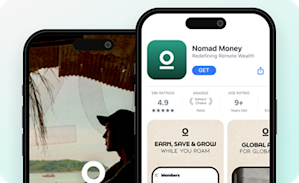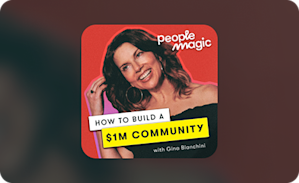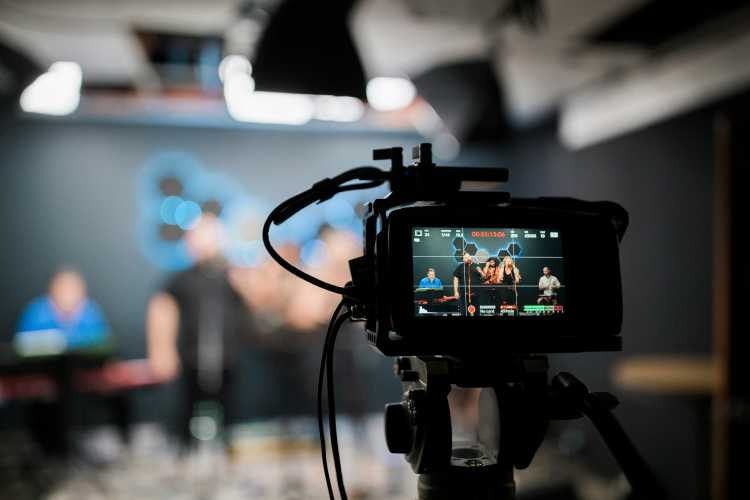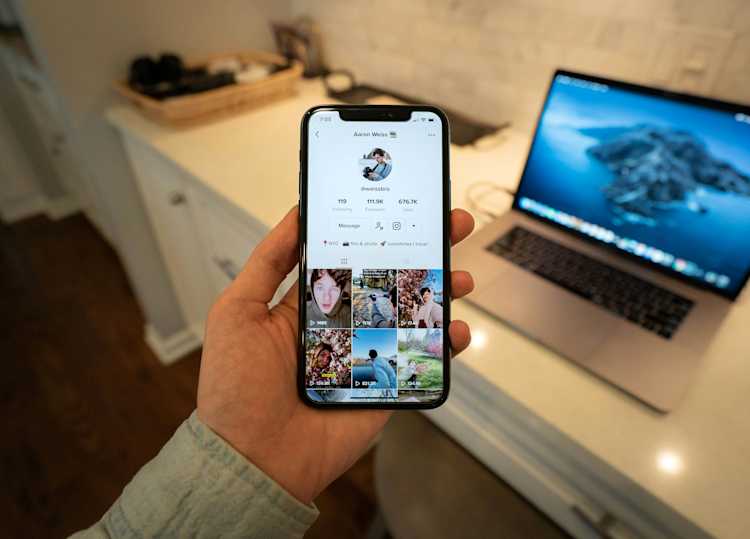Creators & Entrepreneurs
What Is a UGC Creator? How to Become One in 2025
The title UGC creator is hot, new, and fresh. We cover what a UGC creator is and how to become one.
Author
Mighty Team
Last Updated
July 31, 2025

In this article, we’ll introduce:
What UGC is
What a UGC creator is & why brands work with them
Examples of UGC creators
Tips to become a UGC creator
What is UGC?
User-generated content (or UGC) is content created by users of an online platform–as opposed to the owners. Many of the biggest brands in the world rely on it (think Meta, TikTok, and YouTube), and they’ve turned user-generated content into billion-dollar valuations.
We often think of UGC as something we do on social media platforms. But you’ll find UGC all over the internet. Brand communities, forums, online communities, blogging sites (e.g. Medium), and even Google Maps use UGC. When you read a restaurant review on Google or Yelp, you’re reading UGC.
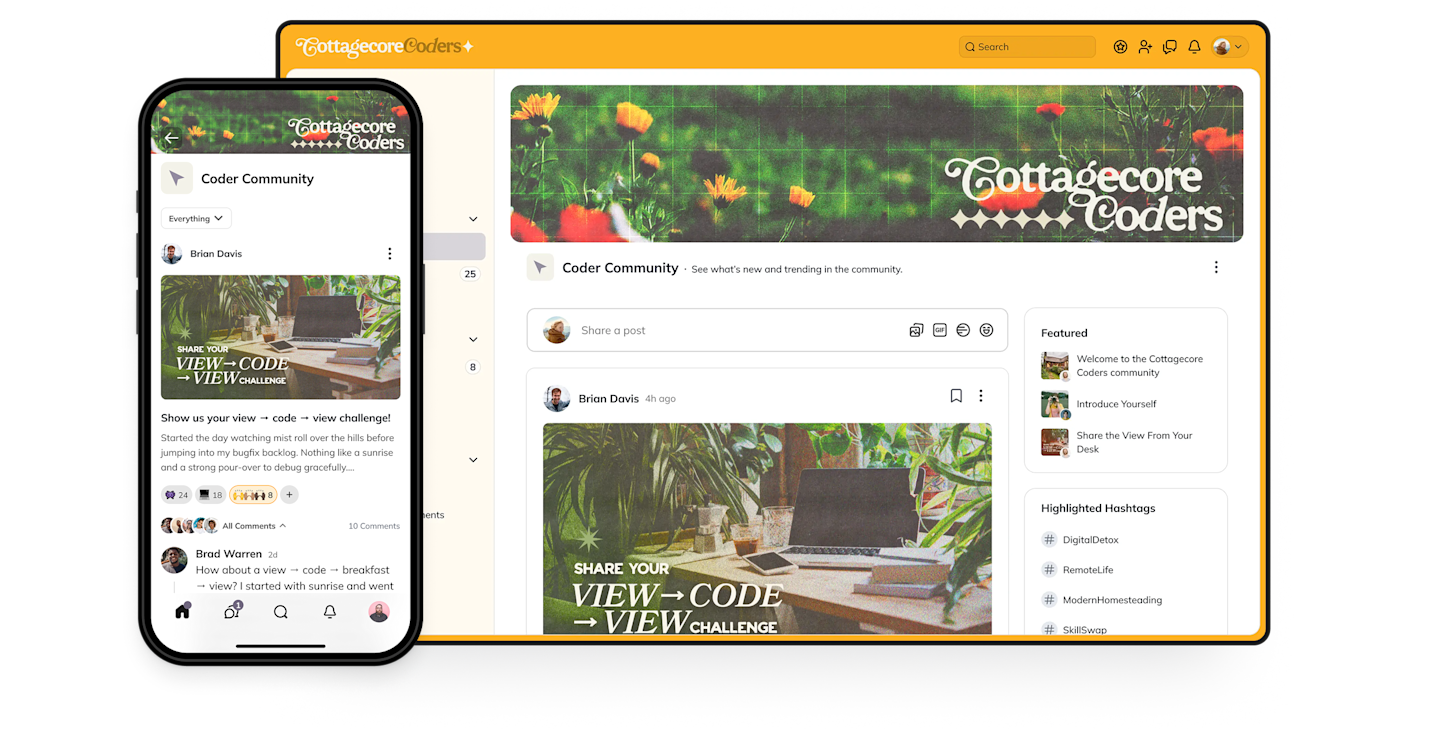
UGC is valuable to platforms. In fact, it’s vital. Because, if there are no users, many platforms would flop and be worthless. Facebook, Instagram, and Twitter would be worthless without their users. We’ve seen this with the app Clubhouse–a social listening platform–that skyrocketed to a $4 billion valuation in 2021 and then crashed back to earth once users flatlined.
What is a UGC creator?
A UGC creator is a content creator who builds user-generated content. Okay, that seems straightforward.
But usually, when we talk about a UGC creator, we’re thinking about someone who creates content for a brand–and is compensated by the brand. BUT–and this is important–they don’t WORK for the brand. UGC creators are not brand employees. They’re not in-house. They are independent creators who are incentivized by the brand to create content.
Okay, so this is a bit confusing. Think of a UGC creator as something like a freelance content creator. The brand might say, “Hey , we need some authentic videos unboxing a product. Can you create them?”
And the UGC creator does… for a fee.
The truth is, brands LOVE UGC that talks about them. Especially when it’s in a real, valuable way that helps potential customers understand who they are.
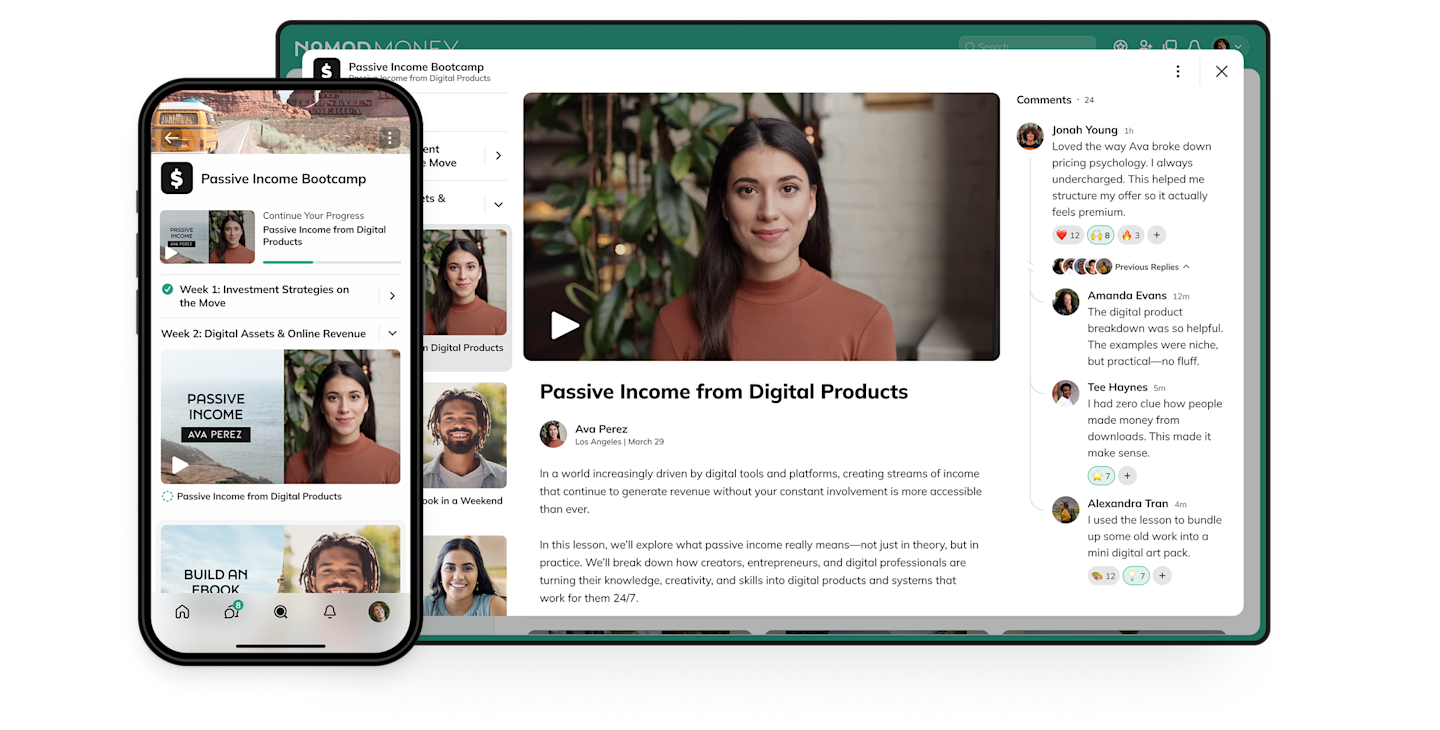
UGC vs. Influencer
You might be saying to yourself, “Wait, that sounds like influencer marketing.”
And it does! Some people swear that influencer marketing and UGC creators are different. And sure, usually influencers build their own audiences and then can charge brands for eyeballs, while UGC creators are paid for content creation first.
Usually, influencers charge brands for their audiences. And usually, UGC creators charge brands for their content creation. That’s an easy distinction.
But here are some examples of how the lines between these two get a little blurred:
A UGC creator could get payment from the brand for creating content, but also earn from affiliate sales.
A micro-influencer could have a small-but-valuable audience and be paid to create content on a brand’s channels.
UGC creators sometimes create content for free and for fun, and it moves into a paid relationship with a brand.
As you can see, the line between influencer and UGC creator isn’t always clear-cut.
Why do brands want to work with UGC creators?
UGC creators have one thing every brand wants: authenticity. Here’s why brands love UGC creators:
People listen. A recent report from Sprout Social found that 49% of consumers make regular purchases because of influencers. Every brand needs trust and UGC content can help create it.
People rank UGC as 2.4x more authentic than the content a brand creates in-house.
Reviews matter! 75% of consumers report that they trust online reviews–and UGC creators can be involved in this process.
UGC content is almost 10x more impactful than influencer content on people’s purchasing decisions.
UGC content can resonate more. This influences how consumers feel about a brand, which research shows is closely connected to how they act.
UGC Creator examples
1. Apple
Apple’s #shotoniphone hashtag has been a huge success for UGC creators and has prompted tons of spinoff hashtags. Apple regularly issues the challenge with parameters–like the macro challenge in 2022, which included judges like Anand Varma, Apeksha Maker, Peter McKinnon.
2. L’oréal Pro
L’oréal sparks UGC with hashtag campaigns like #LorealPro. While they don’t directly pay UGC creators, the winners get exposure for their business on L’oréal’s channels.

3. Adobe
Adobe is one of the world’s premier creative software, so it’s not a huge surprise they feature UGC across their channels–all creatives who have used their products to make incredible things. They often use hashtags like #madewithphotoshop.

4. LinkedIn
LinkedIn uses a ton of UGC creators across its social channels, for things like product walkthroughs and announcements and career inspiration. Sometimes this means sharing things from creators and sometimes it seems to be formal UGC partnerships.

5. Home Depot
Home Depot often features creations by–you guessed it–UGC content creators who love home renos.
For example, take this heartwarming post from @firstgenhouse about renovating an apartment bedroom in her mother-in-law’s rental. Home Depot’s UGC is a straight-up masterclass in UGC content creation, because it mixes the brand with great stories and “how-to” guides people love to watch.

5. ConvertKit
ConvertKit does some cool UGC creator work with paid partnerships, showcasing people who use ConvertKit’s software to run their email or newsletter businesses.

Tips to become a UGC creator
There’s no one way to be a UGC creator. The industry changes fast and you’ll need to find the thing that works for you. But as a general rule, here are some things you could prioritize.
1. Find your content edge
Every UGC creator needs to find a voice, a style of creating content that fits you. This means:
Finding a content creator platform you understand and can master.
Exploring the type of content you love creating–images, videos, written posts, etc.
Discovering the type of thing you love to talk about.
Every creator is unique and every audience is unique, so it’s important to lead from who you are. One of our favorite stories is Martinus Evans, who created his Instagram @300poudsandrunning to celebrate his journey towards being a “Slow AF” runner.
Martinus’ energy and his story resonated, and he’s built a following of “back of the pack” runners.
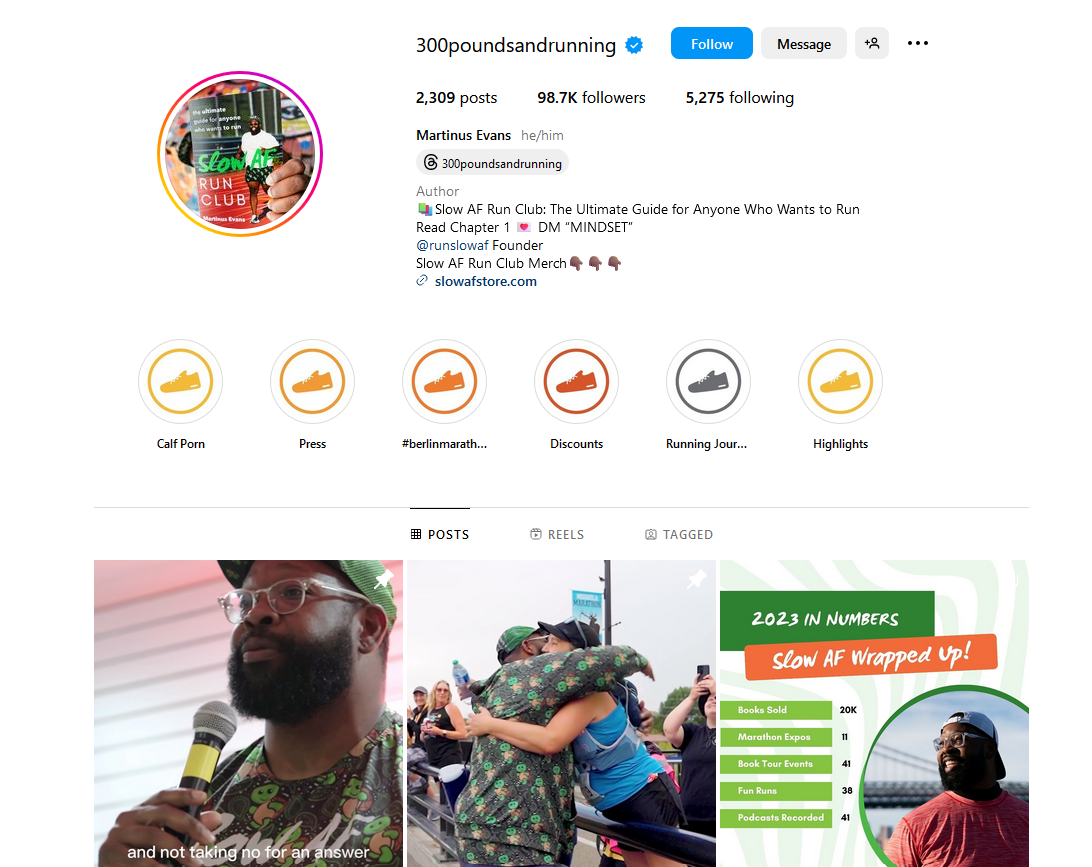
This is what you need. Your voice and values and some practice creating content.
2. Develop a portfolio
As you create content, you can develop a portfolio to share with brands. This could be a full, professional collection of posts or a website. Or, you might just have one post that goes viral and slide into a brand’s DMs with it.
“Hey, I’d like to create a post for THE BRAND that looks like this. How could we make it happen?”
The way you approach this is up to you, but any brand that’s going to work with you at least needs to see some indication that you can create great content.
3. Build relationships
One of the greatest ways to become a UGC creator is to build relationships. The people who work at every major brand are just that… people. And the more you know the more opportunities you’ll discover. Get on their radar! Understand who they are and what they’re working on.
Here are some ideas for building the right kind of relationships with brands:
Comment and engage on posts. This is probably the lowest-lift way to engage with a brand, and it can be valuable. Brands do notice when people engage.
Proactively create content. When people create great content about our brand, we usually notice! And we share it on our company Slack: “Hey, look at the nice things this person is saying!”
Message people directly. Do not start spamming people. That’s a great way to get blocked. But a friendly message or email directly to someone involved in a brand’s content creation, marketing, or influencer program doesn’t hurt.
Go to conferences. If you’re looking to meet relevant connections, a conference or trade show can be a great way to start growing your network.
At the end of the day, how you build relationships is up to you. But brands can’t work with you as a UGC creator if they don’t know who you are.
4. Understand what brands actually want
Many would-be influencers have a tough time figuring out what it is brands actually want and need. And it can be the same from UGC creators too.
As an extreme example of this, remember the 2018 story of a hotel that banned all influencers? One blogger reached out to ask for a free room for a Dublin stay, and The White Moose Hotel won the internet with its snarky comments.
Eventually, it announced all bloggers were banned from staying there.

It’s important for would-be UGC creators and influencers alike to think: What does a brand actually want from this partnership?
Usually, it’s:
Exposure
Helping people understand a product
Positive reviews
Low PR risk
It’s not complicated. But think about the value you bring to the equation and make sure you know how to give it to a brand. Otherwise, this isn’t going to work.
5. Pitch
Here’s a little glimpse into Mighty’s team on any given week. It’s busy! We’ve got a lot of balls in the air, and we might not be scouring the internet for potential content partners.
If you’re posting waiting for a brand to see you, you might wait a long time. Why not make a pitch?
Here are some quick tips:
Choose your brands carefully. Don’t shotgun pitches to every brand out there. Pick a few that really fit with the content you like to create.
Study them. What is the brand already doing? Your UGC pitch should fit within something they are doing or something they should be doing.
Craft a value-added pitch. When you create a pitch, make it clear what you offer, how it works, and how much you charge. (You could even create a sample of the type of post a brand can expect.)
Conclusion
Hopefully this guide helps you think through what UGC content can do for you or for the brand you run. If done well, good UGC creator relationships can be a win-win for everyone. Remember to master the content creation craft first, and always make sure you understand what’s expected of any UGC partnership.
Ready to start building your community?
Start a free 14-day trial to explore Mighty—no credit card required.
More like this
Join Mighty Community
Learn the principles of Community Design™ (and see them in action) alongside thousands of creators and entrepreneurs. It's free to join!
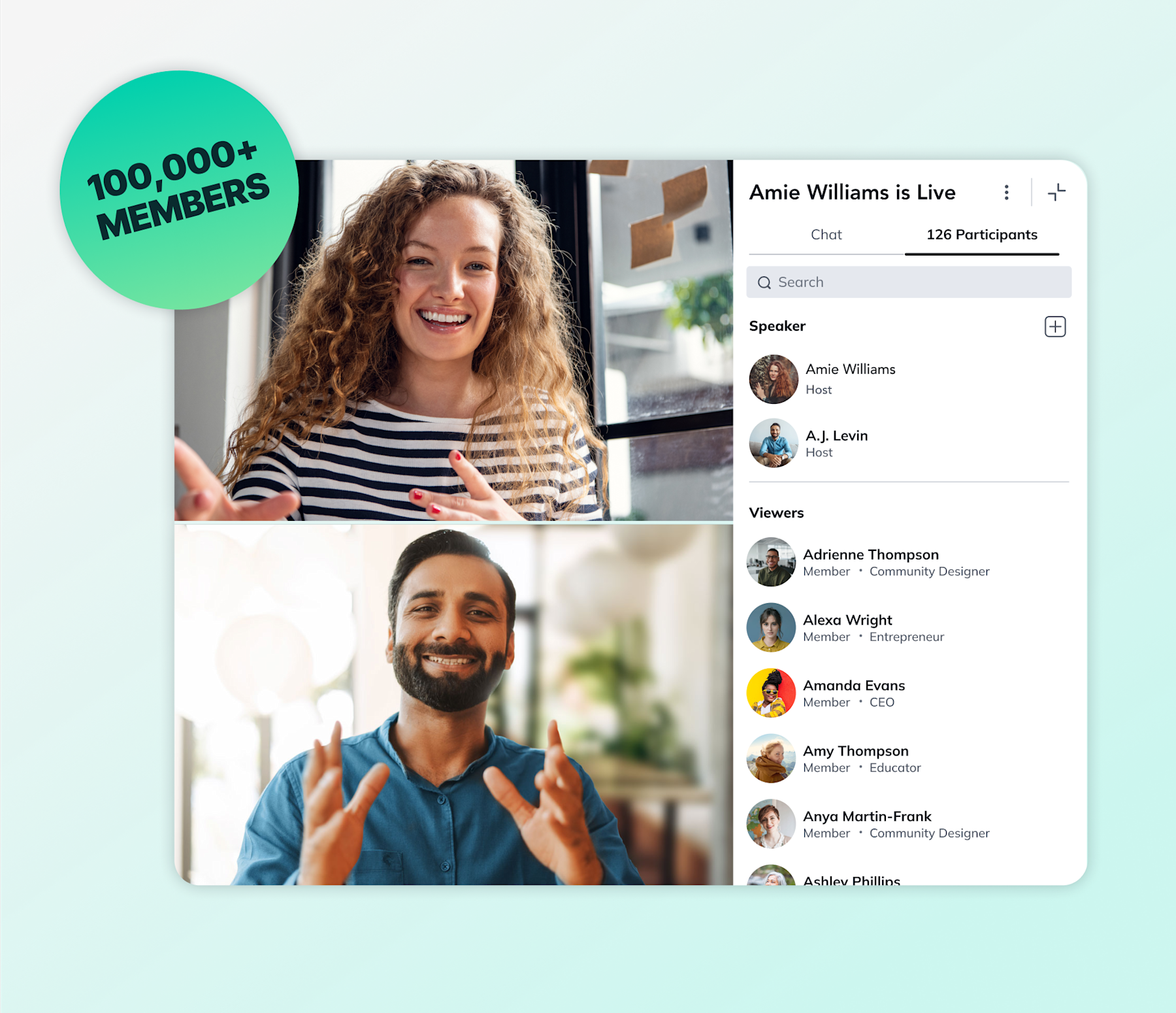
Online Courses
Creating a Course
Teaching a Course
Course Platforms
Selling a Course
Communities & Memberships
Community Platforms
Managing a Community
Building a Community
Growing a Community
Monetizing a Community
Content Creation
Creators & Entrepreneurs
Monetization
Content Creation
Starting a Business
Website Builders
Creating & Managing a Website
Events
Event Platforms
Hosting & Marketing Events
Branded Apps
Creating a Mobile App
Coaching Apps
Community Apps
Coaching
Mastermind Groups
Starting a Coaching Business
Coaching Platforms
Filter by Category
Online Courses
Communities & Memberships
Creators & Entrepreneurs
Events
Branded Apps
Coaching
Build a $1 Million Community
This free masterclass went viral—sign up to learn why.


